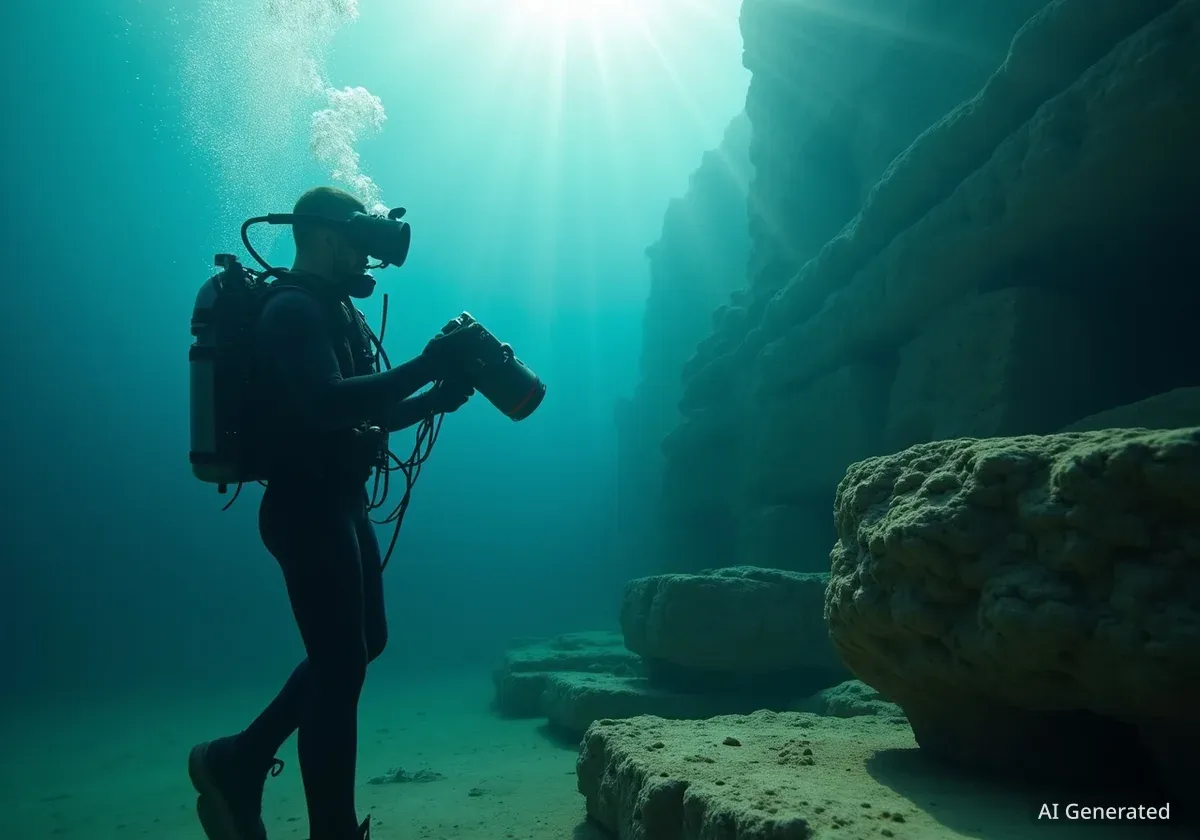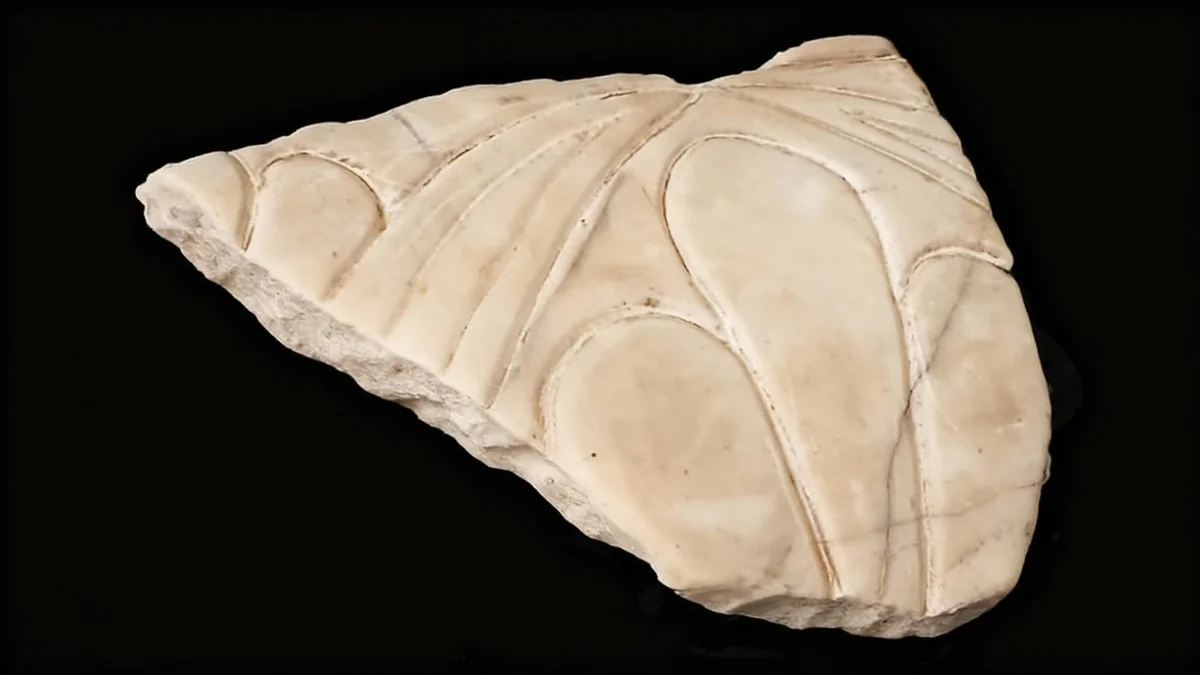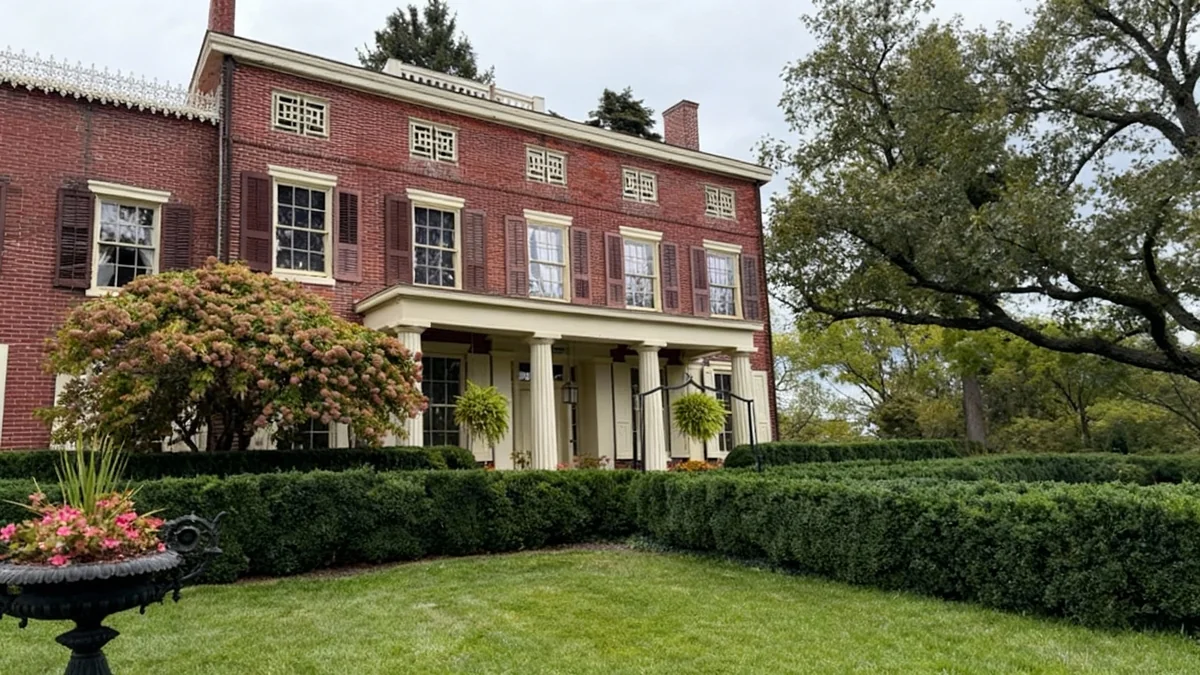The search for Cleopatra's final resting place continues to draw significant attention from historians and archaeologists worldwide. Despite centuries of research, the exact location of the legendary Egyptian queen's tomb remains unknown. Recent discoveries, including a submerged port, offer new insights into this enduring historical mystery.
Key Takeaways
- Archaeologist Kathleen Martínez leads a two-decade quest for Cleopatra's tomb.
- Discovery of a submerged port near Taposiris Magna offers new clues.
- The port's religious significance suggests a possible burial site away from Alexandria.
- National Geographic documentary "The Last Secret of Cleopatra" details the investigation.
- New findings challenge long-held historical theories about Cleopatra's burial.
The Enduring Mystery of Cleopatra's Tomb
Cleopatra VII Philopator, the last active ruler of the Ptolemaic Kingdom of Egypt, is one of the most famous figures in ancient history. Her life and death have inspired countless stories and studies. Yet, the location of her tomb is still a major archaeological puzzle.
For decades, the prevailing theory suggested Cleopatra was buried alongside her lover, Mark Antony, near the royal palace in Alexandria. However, no definitive archaeological evidence has ever confirmed this. This absence of proof has allowed for alternative theories and continued exploration.
Fact: Cleopatra's Reign
Cleopatra ruled Egypt from 51 to 30 BC. She was known for her intelligence and political skill.
Kathleen Martínez's Dedicated Search
Kathleen Martínez, a lawyer from the Dominican Republic, has dedicated more than two decades to finding Cleopatra's tomb. Her journey began with a deep personal interest in the queen's story. Martínez believes that traditional assumptions about the burial site might be incorrect.
Her work focuses on the temple complex of Taposiris Magna, located west of Alexandria. Martínez theorizes that Cleopatra, who identified herself with the goddess Isis, might have chosen a sacred site for her final rest, rather than a bustling urban center.
"Cleopatra was not just a queen; she was a goddess in her own right. Her burial would reflect that," Martínez has stated, emphasizing the religious aspect of her search.
Discovery of a Submerged Ancient Port
A significant development in Martínez's quest came with the discovery of a large submerged port. This port was found near the ruins of Taposiris Magna, hidden beneath the Mediterranean Sea. Martínez worked with renowned oceanographer Bob Ballard, known for finding the Titanic, to explore this underwater site.
The port was not merely a commercial facility. It also served as a vital religious center in ancient times. This dual role suggests its importance could extend to royal burials, challenging the idea that Cleopatra was certainly buried in Alexandria.
Historical Context: Taposiris Magna
Taposiris Magna was an ancient city and port established by Ptolemy II Philadelphus between 280 and 270 BC. It was a center for the cult of Osiris and Isis, deities closely associated with Cleopatra.
New Perspectives on Burial Location
The discovery of this extensive port has shifted the focus of the search. Martínez believes the religious significance and the grand scale of the site make it a strong candidate for Cleopatra's and Mark Antony's joint tomb. This challenges historical accounts that primarily placed their burial in Alexandria.
For example, ancient historian Plutarch described their burial as being together in Alexandria. However, the exact location was never specified and no remains have ever been found. The new evidence suggests that the coastal erosion and seismic activity over centuries might have submerged parts of the ancient city, including this port.
Key Statistic: Over 1500 Objects
Archaeological teams at Taposiris Magna have recovered over 1,500 objects, including coins bearing Cleopatra's image and statues of gods and goddesses, since Martínez began her work.
National Geographic's Documentary Insights
The entire journey of Kathleen Martínez and her team is featured in a new National Geographic documentary titled "The Last Secret of Cleopatra." This film provides a detailed look at the archaeological process, from initial theories to underwater explorations.
The documentary uses advanced imaging technologies and historical reconstructions to bring Cleopatra's era to life. It aims to provide viewers with a comprehensive understanding of the challenges involved in such a large-scale archaeological project. The film premiered on Disney+ on September 26, 2025.
Viewers can expect expert commentary and stunning visuals that highlight the cultural and historical importance of the discoveries. The documentary encourages a fresh look at long-standing historical questions and the power of modern archaeology.
Impact of the Discoveries on Historical Narratives
The findings at the submerged port have significant implications for how historians view Cleopatra's burial. For years, historical texts provided the main basis for theories. Now, physical evidence is beginning to offer new directions.
The possibility that Cleopatra chose a burial site outside Alexandria, possibly at a religious center like Taposiris Magna, could rewrite parts of ancient Egyptian history. It also highlights the importance of interdisciplinary research, combining archaeology with oceanography and historical analysis.
- Re-evaluating Historical Accounts: The discoveries prompt a critical review of ancient historians' writings.
- Expanding Search Areas: Future archaeological efforts may now focus more on coastal and submerged sites.
- Understanding Royal Burial Practices: New insights into how powerful rulers like Cleopatra planned their eternal resting places.
As research continues at the site, archaeologists hope to uncover more artifacts and structures. These could provide the definitive proof needed to solve one of history's most compelling mysteries. The ongoing work serves as a reminder that history is not static, and new discoveries can always reshape our understanding of the past.





